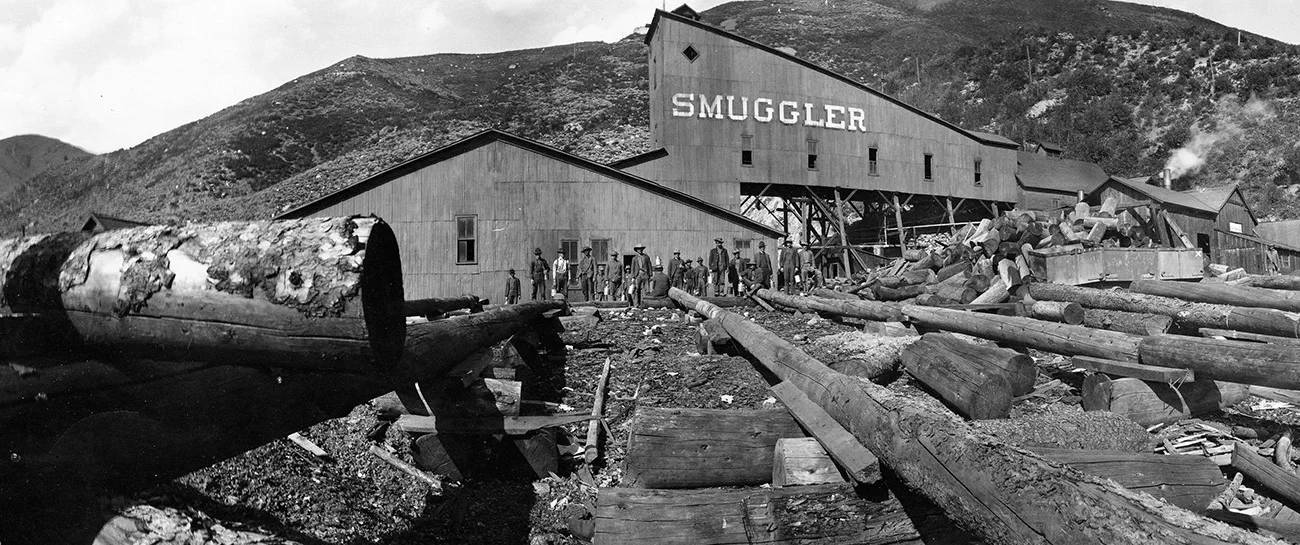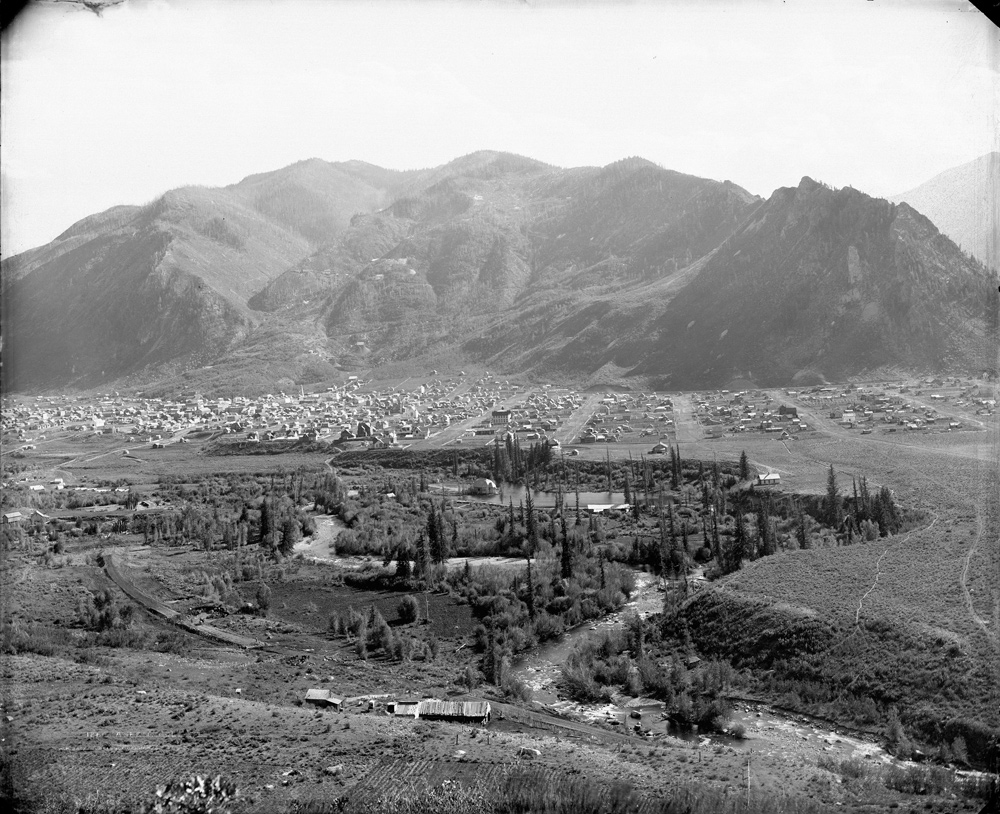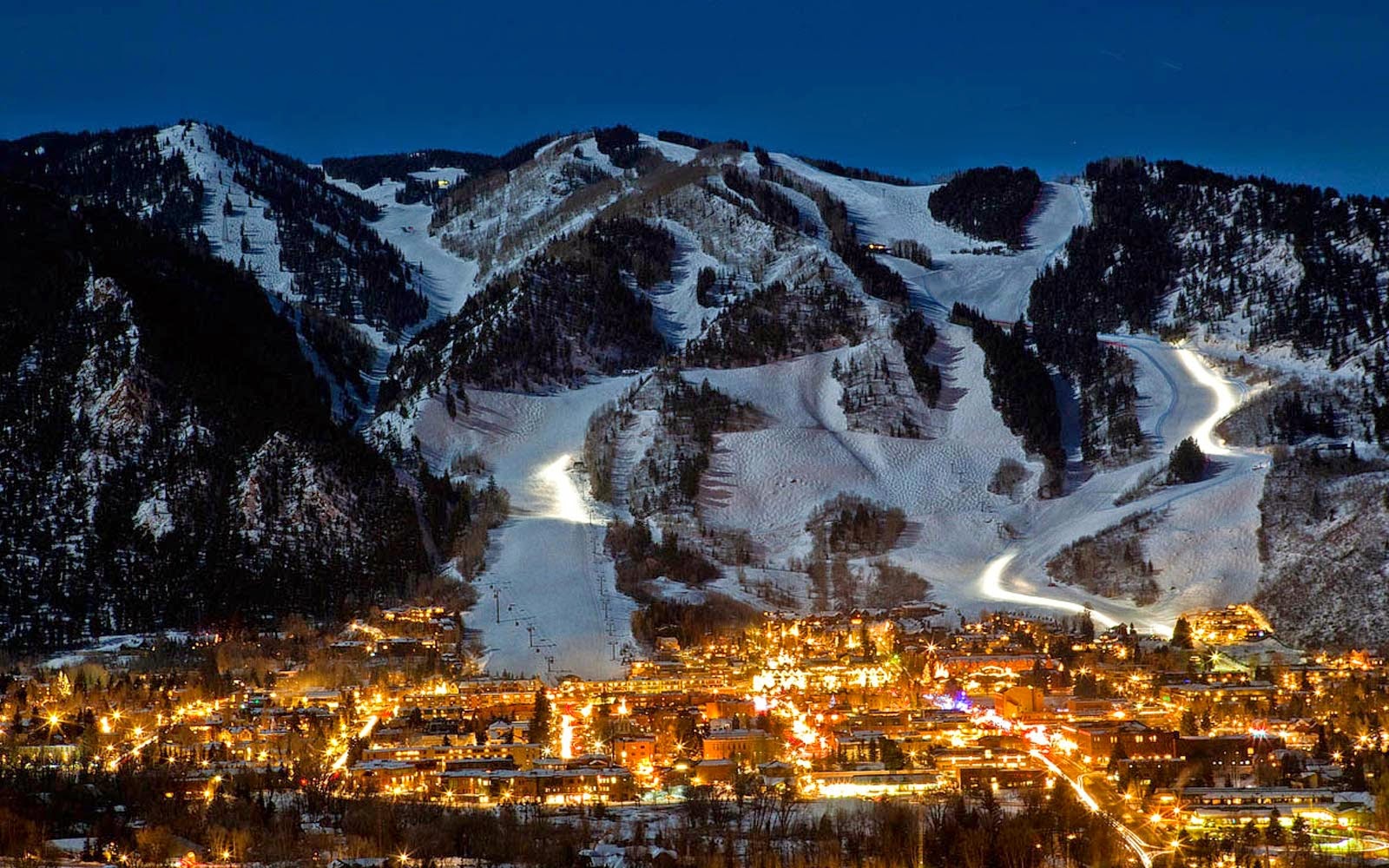The history of Aspen, Colorado, is closely intertwined with the silver mining industry that once thrived in the area. Today, Aspen is famous for its luxurious ski resorts and vibrant arts scene, but its origins lie in the pursuit of silver.
In the late 19th century, prospectors flocked to the Roaring Fork Valley in search of fortune. The discovery of silver in the nearby mountains led to a rapid influx of miners and entrepreneurs hoping to strike it rich. Among these individuals was a young man named David Hyman, whose story reflects the highs and lows of Aspen’s mining era. Hyman arrived in Aspen in 1879, and like many others, he started small, panning for gold in the area’s rivers. However, fortune favored him, and he soon realized the potential for silver mining. Hyman partnered with other investors to purchase mining claims and established productive mines in the region.
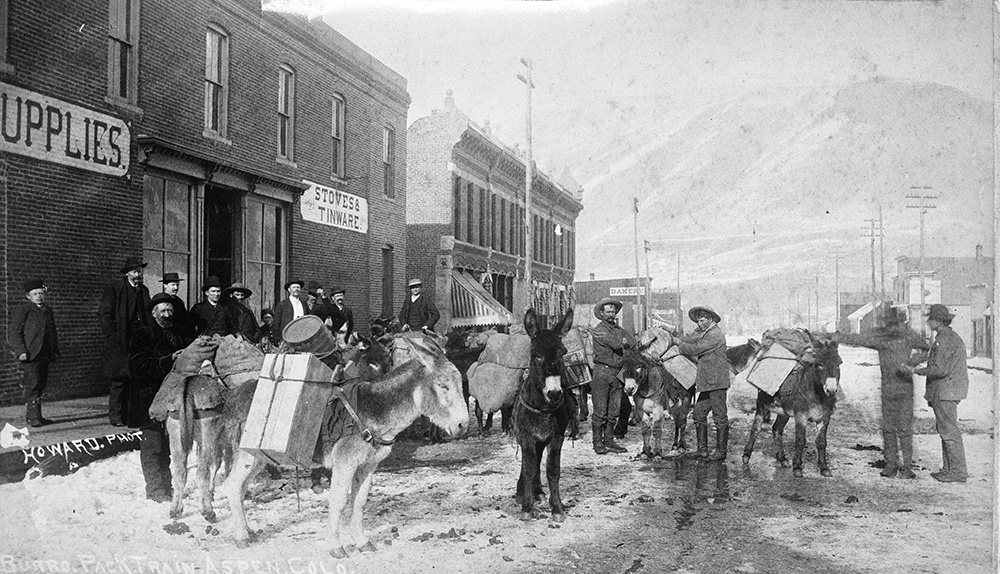
Aspen quickly grew into a bustling town as more and more people arrived to seek work in the mines. By 1885, it boasted a population of over 10,000, complete with churches, schools, and businesses. The city became known for its vibrant social scene and culture, attracting people from all walks of life.
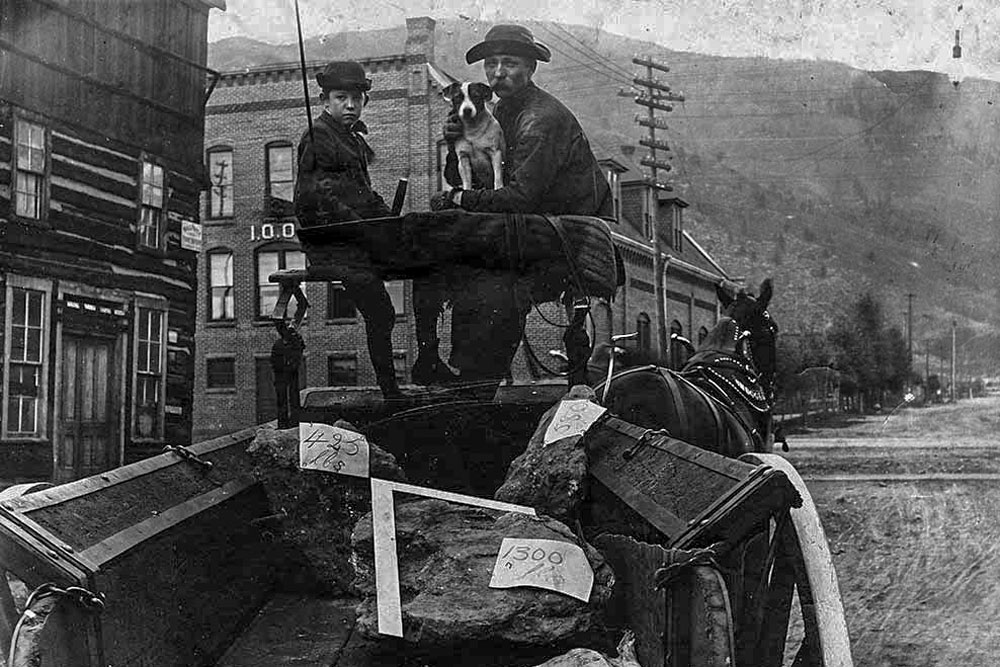
Unfortunately, Aspen’s reliance on the silver industry made it vulnerable to economic downturns. In 1893, a nationwide financial crisis known as the Panic of 1893 hit Aspen hard. The value of silver drastically plummeted, leading to the closure of many mines and the subsequent exodus of residents.
David Hyman, along with numerous others, had to adapt to survive. He diversified his investments and turned his attention to real estate, helping the town weather the storm. Hyman’s resilience paid off, and as the silver market eventually rebounded, so did Aspen.
Today, remnants of Aspen’s mining heritage can still be seen throughout the town. Historic buildings dot the landscape, and visitors can explore mining museums to get a glimpse of what life was like during the height of the industry. As for David Hyman, his legacy is not forgotten. His name adorns markers and plaques commemorating his contributions to Aspen’s early development.
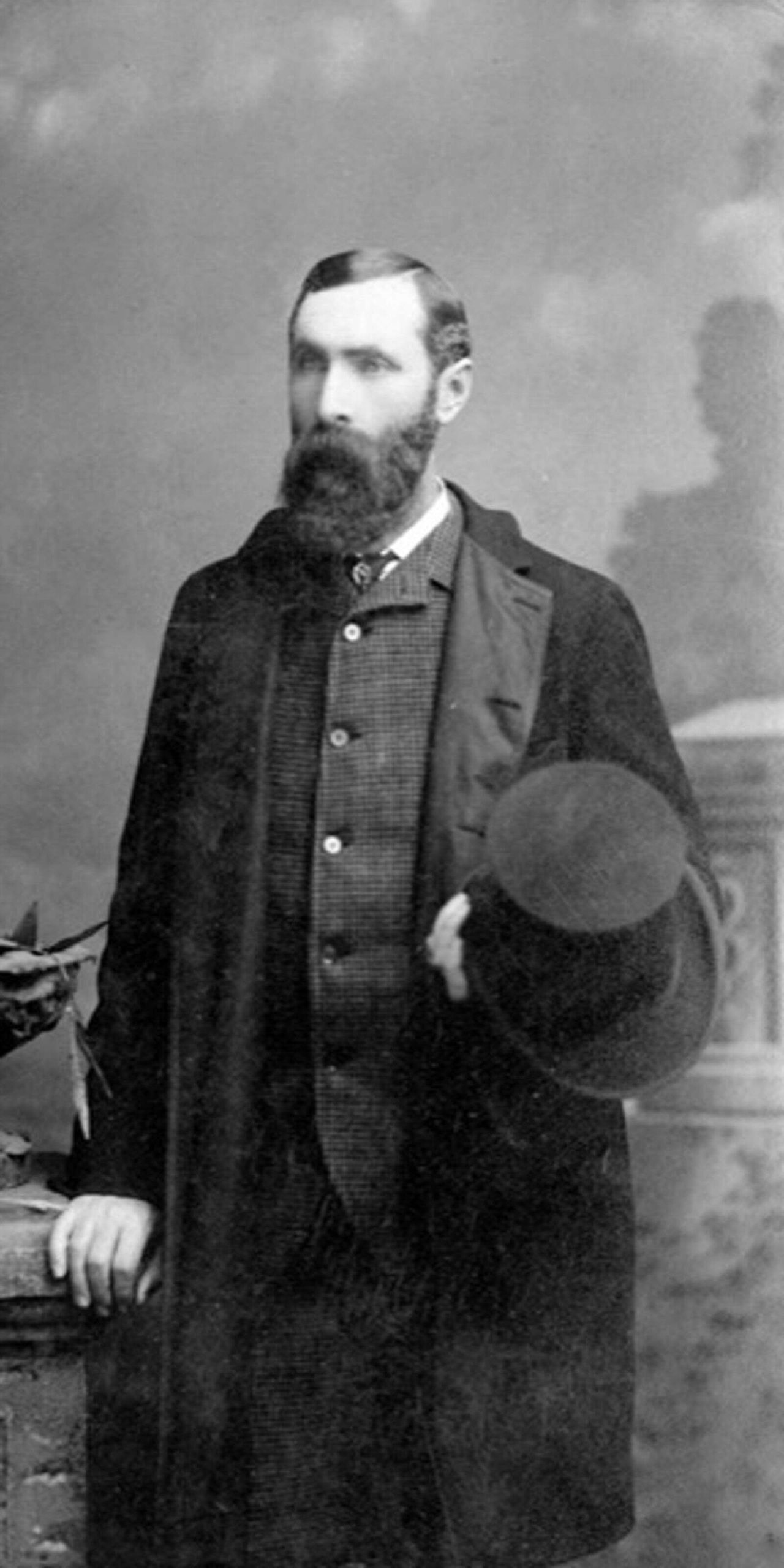
Early Aspen pioneer Henry Gillespie, photographed in the 1880s.
Courtesy of Aspen Historical Society
In conclusion, the history of Aspen is a testament to the boom and bust cycle of the silver mining industry. Through the perseverance of individuals like Henry Gillespie, the town was able to survive and eventually thrive in a new era as a world-renowned ski destination.

